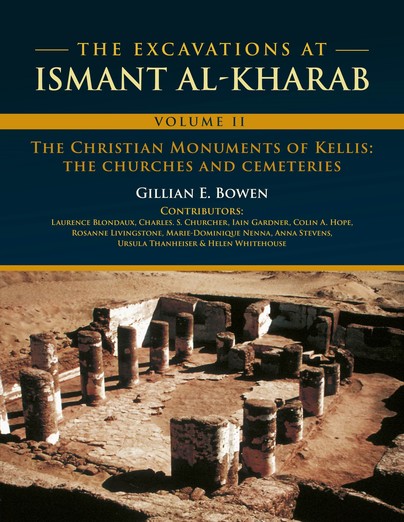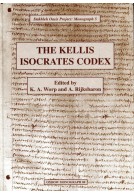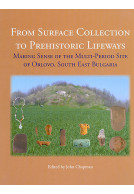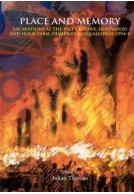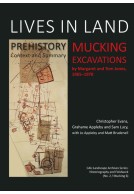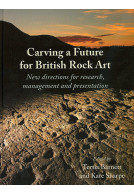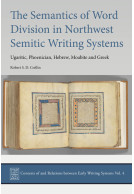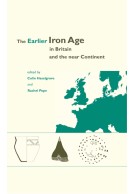The Excavations at Ismant al-Kharab (Hardback)
Volume II - The Christian Monuments of Kellis: The Churches and Cemeteries
Imprint: Oxbow Books
Pages: 488
Illustrations: B&W and Color images
ISBN: 9781789259636
Published: 15th December 2023
Script Academic & Professional
Pages: 488
Illustrations: B&W and Color images
ISBN: 9781789259636
Published: 15th December 2023
Script Academic & Professional
You'll be £60.00 closer to your next £10.00 credit when you purchase The Excavations at Ismant al-Kharab. What's this?
+£4.99 UK Delivery or free UK delivery if order is over £40
(click here for international delivery rates)
Need a currency converter? Check XE.com for live rates
(click here for international delivery rates)
Need a currency converter? Check XE.com for live rates
The adoption of Christianity by the Egyptian populace was well underway by the late third century, but evidence for its presence in the archaeological record from the Nile valley is sparse. This is due, in part, to the loss of ancient settlement sites beneath modern cultivation. By comparison, Ismant al-Kharab, ancient Kellis, in Dakhleh Oasis, was abandoned at the end of the fourth century and many of its structures survive intact. The villagers, moreover, left behind a wealth of artefacts and documentation. By the late third century some had converted to Christianity and by the early fourth century three churches were built to accommodate their growing numbers. The churches afford an unparalleled window into three ecclesiastical complexes that served a single village. The Large East Church, moreover, is the earliest surviving example of a purpose-built basilica in Egypt known thus far. It provides a better understanding of the development of Egyptian church architecture and has forced a reappraisal of the dates of certain features that were previously attributed to the fifth century.The community established three burial grounds: Kellis 2, with an estimated 3,500–4,000 graves, a funerary church and associated graveyard, and in a reused monumental mausoleum. Christian cemeteries are known throughout North Africa, Europe, and Britain, but in Egypt few are published in anything but a cursory manner. At Kellis, 800+ graves have been excavated; the earliest burials date to the late third century confirming the evidence of an early conversion by some villagers and its rapid expansion thereafter.This volume provides the first detailed publication of the churches and Christian burial grounds. It incorporates a discussion of the spread of Christianity in Egypt’s Southern Oasis, drawing upon data from the rich textual documentation from the site. The material culture is presented in detail, especially the extensive collection of ceramics, glass, and coins.
Customers who bought this title also bought...
Other titles in Oxbow Books...







